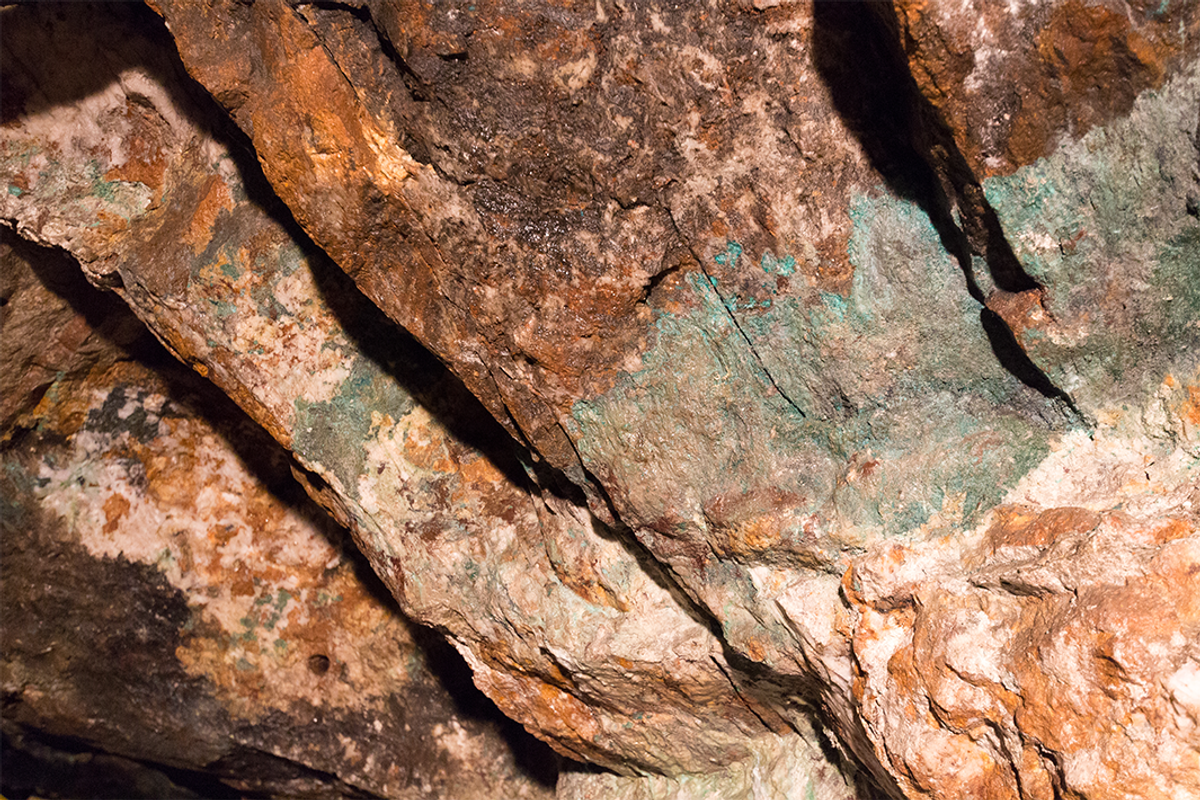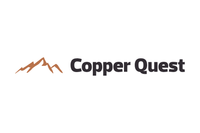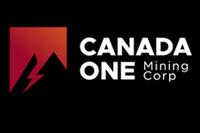Critical Issues and Opportunities in Australia’s Copper Sector

Copper is omitted on Australia's latest critical minerals list, triggering concerns about exploration and development in the sector.
Nations around the world include copper on their national critical minerals lists. That allows mining companies working with the mineral access to special funds and programs, enabling mining development.
The most recent list in Australia, however, omits copper, relegating it to “strategic mineral” status. This is triggering concerns around the possible impact on exploration and development of copper finds in the coming years.
Copper is the most conducive non-precious metal, and it’s used in components for wind generation, batteries, transportation, consumer electronics, health care and more. Global demand for copper grew by 30 percent between 2010 and 2022.
Worldwide, the industry is valued at US$8.87 billion and is expected to grow to US$11.86 billion by 2032.
What is a critical mineral?
Jurisdictions publish lists of critical minerals as a way of identifying what minerals are important to the nation for a variety of reasons, including its economy and the move to a greener energy economy. Such lists often open up access to grants and other programs that support mining companies and processors, as well as other projects along the supply chain.
Copper is often listed as a critical mineral because it’s a key material for a green energy transition, and for economies in general, plus its supply chains can be vulnerable.
Geoff Laing, managing director of Anax Metals (ASX:ANX), calls copper “absolutely critical” to green energy projects. “There is a common view that deficits in years to come will significantly impact efforts to decarbonise the planet,” he says.
Canada prioritizes copper as part of its Canadian Critical Minerals Strategy, along with five other minerals, calling them necessary “inputs for priority supply chains.” The country has a number of funding mechanisms for projects across the supply chain for these minerals.
The US Department of Energy’s Critical Materials List includes copper as a critical material for energy, and such an inclusion helps copper-related projects access a range of funding.
The European Union has a list of 34 critical raw materials, of which 17 are delineated strategic — and copper is on this list. This sub-list inclusion gives it additional perks under the EU Critical Raw Materials Act. The EU wants 10 percent of its annual requirements for these materials to be mined locally by 2030.
Strategic only
In 2023, Australia removed copper from its critical minerals list, relegating it to a strategic mineral instead. (In contrast to the EU, where being a strategic mineral is more highly prioritized, the strategic minerals list ranks them as less vital or at risk.) The country has reasoned that copper’s supply chain is not vulnerable enough for inclusion on the main list, and therefore has offered it fewer protections and incentives.
The creation of a strategic minerals list is new for Australia; the list also includes nickel, aluminium, phosphorous, tin and zinc. In a statement, the minister for resources said these minerals are vital for energy transition, but require less vigorous protection due to their “well-established industries, greater global market depth, clearer price transparency, and stable supply chains.”
“There are concerns that this approach does not support copper’s position as a key element underpinning global carbon reduction initiatives and, equally importantly, urbanization of the developing world,” says Laing.
Leaving copper off the main list could compromise Australia’s ability to realize the potential of its copper reserves. “Copper production will likely fall behind consumption requirements and Australia will forego the opportunity to expand its copper mining industry to deliver the product into a lucrative market,” he says.
This change has been mitigated by the announcement of strategic materials hubs across the country, which are intended to support the production of nickel and copper, which both changed status.
Laing says the hubs, which will group processing facilities and technical expertise, could offer many positive benefits, particularly if there’s sufficient government support.
Australia and copper
The nation has the third largest reserves worldwide, at 100 metric tonnes, about 10 percent of global reserves.
Australia ranks eighth in the world for copper production, generating 830,000 megatonnes, about four percent of world production. The industry in Australia is expected to grow by one percent between 2023 and 2027.
In that gap lies potential. Laing says the Pilbara region of Western Australia is considered a premier mining region. “With low political risk, well established infrastructure and a highly educated workforce, there are many advantages to developing a copper mine here. However, there are challenges, too.” High costs but also insufficient support from government via funding, plus too much green tape, are barriers to growth.
Projects to watch
In response to strong worldwide demand, there are a number of copper projects in development across Australia. The Eva Copper Mine, which is owned by Harmony Gold (NYSE:HMY), is an iron oxide, copper and gold resource in Northwest Queensland. The project is projected to have a 15-year mine life with potential for expansion. Harmony is now undertaking a feasibility study.
In the Pilbara region in Western Australia, Rio Tinto’s (ASX:RIO) Winu copper-gold project is currently going through environmental approvals. Rio Tinto has signed initial agreements with local Indigenous groups to develop the resource of 249 million tonnes.
In the same region, Anax Metal’s (ASX:ANX) Whim Creek project is forecast to produce 12,000 tonnes of copper equivalent annually, along with zinc and lead, over an eight-year mine life. The company is focused on delivering near-term copper production - within the next 18 to 24 months - at Whim Creek, generating more than $400 million over its mine life. The project is 80 percent owned by Anax, with JV partner Develop Global owning the remaining 20 percent.
In South Australia, the Kalkaroo project, operated by Havilah Resources (ASX:HAV), holds 1.1 million tonnes of copper, 3.1 million ounces of gold and 23,200 tonnes of cobalt.
Investor takeaway
While those engaged in the industry in Australia have concerns about the removal of copper from the critical minerals list, copper still has an important future. As a strategic mineral, it will be supported through new production hubs.
With the nation’s ample and underdeveloped copper resources, plus the worldwide demand for the mineral in a large array of industries, it remains a key investment opportunity now and for years to come.
Diane Peters is a freelance writer based in Ontario.
This INNSpired article was written as part of an advertising campaign for a company that is no longer a client of INN. This INNSpired article provides information which was sourced by INN, written according to INN's editorial standards, in order to help investors learn more about the company. The company’s campaign fees paid for INN to create and update this INNSpired article. INN does not provide investment advice and the information on this profile should not be considered a recommendation to buy or sell any security. INN does not endorse or recommend the business, products, services or securities of any company profiled. If your company would benefit from being associated with INN's trusted news and education for investors, please contact us.




